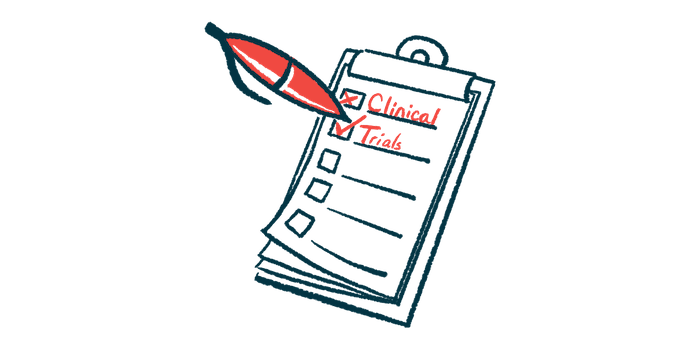Results expected soon on burixafor for myeloma stem cell transplants
US Phase 2 trial tested therapy in transplant procedure in 10 patients
Written by |

Results from a clinical trial testing Exicure‘s therapy candidate burixafor (GPC-100) in stem cell transplants for people with myeloma are expected soon — and the developer is noting that “interim results to date have been highly encouraging.”
The experimental treatment aims to mobilize stem cells so they leave a patient’s bone marrow, where they’re made, and venture out into the bloodstream. That would allow these cells to be more easily collected by clinicians for use in a stem cell transplant.
Such transplants are a standard type of myeloma treatment. The overall idea behind this procedure is to reset the production of blood cells, allowing the body to make healthy blood cells instead of myeloma cells.
According to Exicure, the clinical trial testing burixafor in multiple myeloma patients is nearing a “key readout” of data to date.
“As we look ahead to our upcoming Phase 2 data readout and plan for expansion into new indications, I am energized by the opportunity to advance a program that could transform treatment approaches across multiple diseases,” Andy Yoo, Exicure’s CEO, said in a company press release.
Myeloma is a type of blood cancer in which certain immune cells, called plasma cells, start to grow out of control in the bone marrow — the spongy tissue inside bones where new blood cells are made.
Autologous stem cell transplant is an often-used, but intensive and invasive, treatment for myeloma. The procedure works by first collecting hematopoietic stem cells — that is, stem cells that can make new blood cells — from a patient. The patient is then given high-intensity treatments like chemotherapy and radiation to eliminate cancer cells and destroy existing bone marrow cells.
The removed hematopoietic stem cells are then transplanted back into the patient to repopulate the bone marrow, with the goal that the body will make healthy blood cells.
Burixafor is designed to target a protein receptor called CXCR4 on hematopoietic stem cells. By blocking this protein, the therapy is intended to mobilize these stem cells to move from the bone marrow into the bloodstream, where they can then be collected for use in a transplant.
All patients had high numbers of stem cells in blood after burixafor treatment
Gain is now running a Phase 2 study (NCT05561751) at 10 U.S. locations to test burixafor as part of a stem cell transplant procedure in myeloma patients. The study’s main goal is to see how many patients have high numbers of hematopoietic stem cells in their blood following burixafor treatment.
According to Exicure, interim data showed that all 10 patients treated met this endpoint. In all of the participants, the collection of stem cells could be performed on the same day as burixafor treatment, the company also noted. That contrasts with approved therapies that need to be given the day before stem cells are collected.
As of August, all study participants had completed final clinical visits. Data are now being analyzed, and top-line results are expected before the end of the year, according to Exicure. The company said it is also making plans for a potential Phase 3 trial.
Exicure is also looking to explore the use of burixafor outside of myeloma, including in another type of blood cancer called acute myeloid leukemia (AML). Like myeloma, AML grows in the bone marrow, and AML cells tend to slip into specific regions of the bone marrow where it’s hard for them to be reached by treatments like chemotherapy.
According to the developer, preclinical data suggest burixafor can prompt AML cells to leave these sheltered areas, which could make them easier to kill with chemotherapy. The company said it is planning a Phase 1 study to test this idea.







